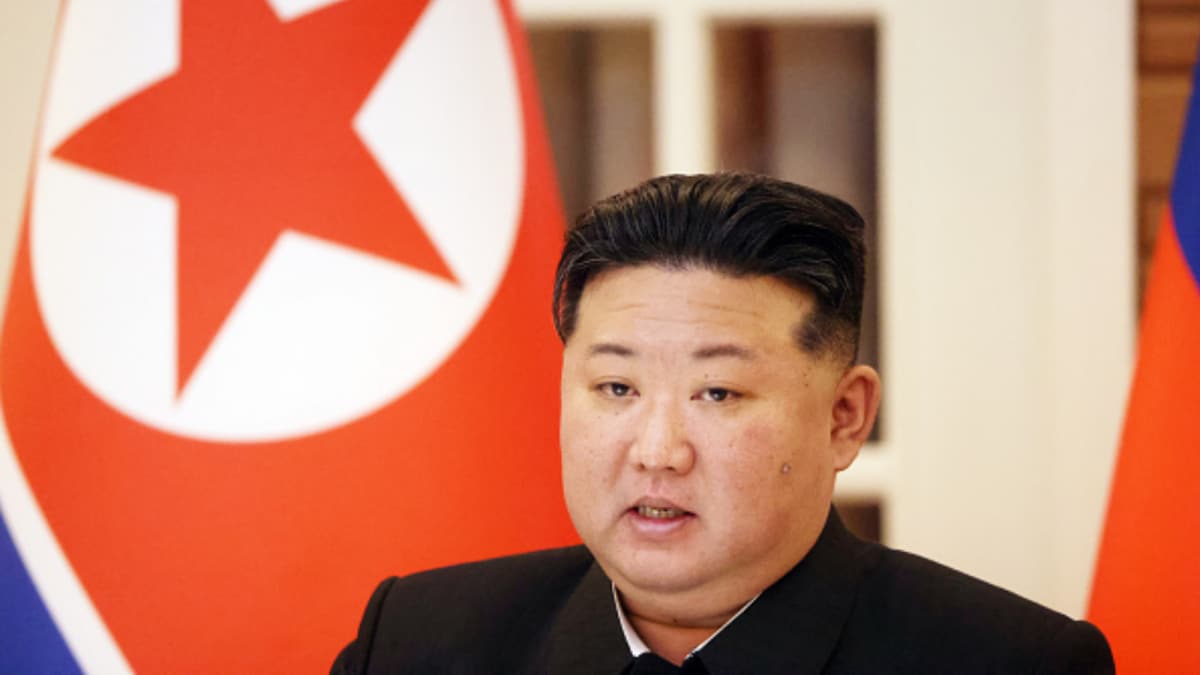- October 22, 2023
Comprehensive Nuclear Test Ban Treaty | A wake-up call
File image shows delegates participating in the conference on facilitating the CTBT on Nov 11, 2001 at the United Nations Headquarters in New York.
| Photo Credit: AP
As tension between Moscow and Washington mounts, Russia on Wednesday passed the second and third readings of a Bill to revoke its ratification of the Comprehensive Nuclear Test Ban Treaty (CTBT). Russian President Vladimir Putin had on October 5 urged the Duma, the Lower House of the country’s Parliament, to make the change to “mirror” the position of the U.S., Reuters reported.
The CTBT seeks to ban all nuclear explosions, for both military and peaceful purposes. So far, 187 countries have signed the treaty and 178 have ratified it. The treaty, however, has not legally come into force; it can only do so when it has been signed and ratified by the 44 countries which are part of the treaty’s Annex 2 and had formally participated in the 1996 session of the Conference on Disarmament. These countries possessed nuclear power or research reactors at the time.
Of these, North Korea, India and Pakistan have not signed the CTBT. Five of the 44 countries — China, Egypt, Iran, Israel, and the U.S. — have signed but are yet to ratify the treaty; nine countries have nuclear weapons, while the remaining 35 possess nuclear power and research reactors.
First steps
The U.S. conducted the first nuclear test on July 16, 1945, at Alamogordo in New Mexico. Barely a month later, it dropped two atomic bombs on Hiroshima and Nagasaki in Japan. The devastation caused by the bombings drew attention to the nuclear armament race.
The Limited Test Ban Treaty of 1963 (also called the Partial Test Ban Treaty) was the first international step in that direction and prohibited nuclear testing in the atmosphere, underwater, and in outer space. The treaty was signed by the U.S., the erstwhile Soviet Union, and the U.K. It, however, did not extend to underground testing.
Subsequently, the Nuclear Non-Proliferation Treaty (NPT) of 1968 followed as concerns about nuclear stockpiling continued, fuelled by the Cold War between the U.S. and the U.S.S.R.
As the Cold War ended, the impetus for the CTBT was bolstered by the global anti-nuclear movement and the newfound international climate of cooperation. Negotiations began in 1994 and concluded in 1996 with the adoption of the treaty text by the United Nations General Assembly.
The CTBT also establishes a comprehensive verification regime to monitor and detect nuclear test explosions. This regime consists of three main components: the International Monitoring System (IMS) which has more than 300 global facilities and can detect seismic (shockwaves through the ground), hydroacoustic (sound waves in oceans), infrasound (ultra-low-frequency sound waves inaudible to the human ear), and radionuclide (radioactive particles and gases from a nuclear explosion in the atmosphere) signals; the International Data Centre which receives data from the IMS network and shares it with member states; and On-Site Inspections which will be possible once the treaty is enforced.
Although the CTBT is stuck in an ongoing ratification impasse, it has had positive implications for global nuclear non-proliferation. Ever since the treaty was opened for signatures in 1996, ten nuclear tests have been conducted — two each by India and Pakistan, and six by North Korea. This is drastically less than the more than 2,000 nuclear tests conducted globally between 1945 and 1996.
Russian impact
Russia’s latest actions can embolden other countries to revoke their ratification, renewing the nuclear arms race. The timing of the move is crucial as well, as Russia’s conventional efforts in the Ukraine war appear to be stagnating. Western powers like the U.S. and the European Union have interpreted Mr. Putin’s threats of escalation in Ukraine to be nuclear. While Ukraine views the Russian move as stepping up its “nuclear blackmail”, Moscow has maintained that a change in status quo does not define an intent to carry out a nuclear test and that it won’t do so unless the U.S. does it first.







